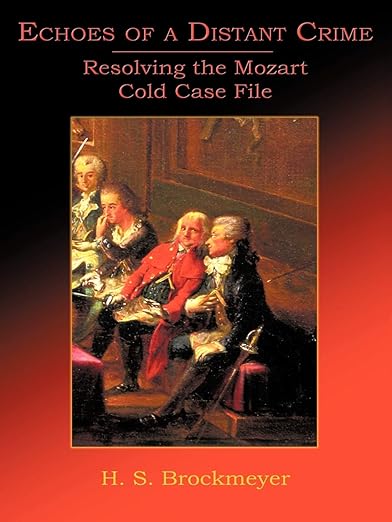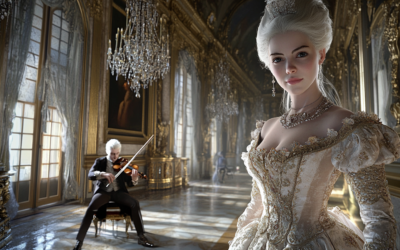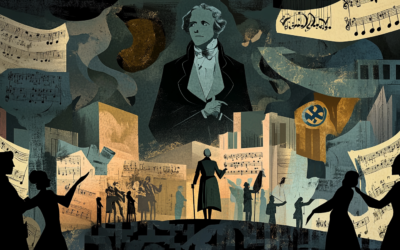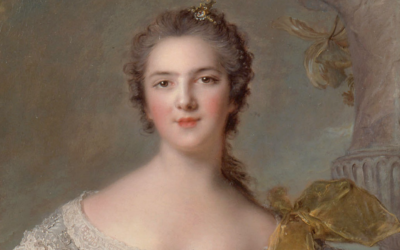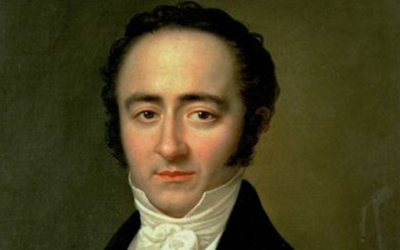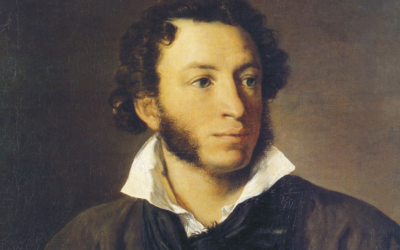The Mystery of Mozart’s Burial: Constanze vs. The Catholic Church
A Closer Look at the Secrets Behind Mozart’s Final Resting Place
For over two centuries, scholars have debated the circumstances surrounding Mozart’s burial. Constanze Mozart’s supposed inability to mark his grave, the confrontation with the Catholic Church over funeral masses, and the baffling disappearance of Mozart’s body all contribute to a mystery stranger than fiction. Did a powerful group keep her silent? And what really happened to Mozart’s remains?
"The real truth is stranger than all fiction."
H. S. Brockmeyer
This article is the continuation of an in-depth analysis by H. S. Brockmeyer. In Part I, the complex relationship between Constanze Mozart and her late husband was explored, challenging long-held assumptions about her supposed neglect. Brockmeyer examined her efforts to preserve Mozart’s legacy, including her treasured keepsakes, travels, and letters. The mystery surrounding Mozart’s burial was introduced, raising questions about his final resting place, the lack of a headstone, and the contradictions in historical records. In this second installment, Brockmeyer delves further into the bizarre circumstances of Mozart’s burial, his unexplained absence from St. Marx Cemetery, and the Catholic Church’s enigmatic refusal to grant funeral masses.
A Grave Without a Marker
One of the most persistent myths about Mozart’s burial is that Constanze Mozart was simply unable to erect a gravestone due to burial customs of the time. H. S. Brockmeyer dismantles this theory, demonstrating that Joseph II’s burial decrees never explicitly forbade headstones. Despite this, neither Constanze nor Mozart’s wealthy patrons, including Freemason Brothers and aristocratic acquaintances, ever ensured that a proper gravestone was placed at St. Marx Cemetery. Why?
The Strange Confrontation with the Catholic Church
In 1836, Constanze attempted to pay for masses for Mozart, her second husband Georg Nissen, and other family members. Despite prepaying, church officials refused the request. Their reasoning? Nissen was not Catholic. Yet this does not explain why masses were also denied for Mozart, Nannerl, and Sophie Haibl. Was Mozart’s Masonic affiliation a factor in the church’s refusal? The Catholic Church’s antagonism toward Freemasonry was well-documented, and its reluctance to honor Mozart in death raises serious questions.
The Last Sighting of Mozart’s Body
According to Brockmeyer, the last known location of Mozart’s body was not in a church or cemetery, but at Emanuel Schikaneder’s Freihaus Theater. A young woman claimed to have seen Mozart’s corpse there, a revelation kept secret for decades. If true, this suggests an alternative fate for his remains, contradicting the widely accepted account of his burial at St. Marx. If Mozart was indeed last seen at the Freihaus Theater, how did his body make its way to an unmarked grave?
A Masonic Funeral That Never Happened
As a Master Mason, Mozart was entitled to a proper Masonic funeral, with all expenses covered by his lodge. Yet no such funeral was arranged. Had Mozart not formally requested it, or was there an active effort to deny him this final rite? Brockmeyer highlights the silence of Mozart’s influential Freemason acquaintances, including Baron van Swieten and Michael Puchberg, who seemingly did nothing to ensure a dignified burial for their brother in the lodge.
Constanze’s Silence and the Mystery Unresolved
Even when confronted about her failure to mark Mozart’s grave, Constanze’s explanations were vague and contradictory. She claimed that no one could find the exact burial site, yet she made no effort to challenge this or seek alternative memorials. Brockmeyer suggests that she refused to place a gravestone because she knew Mozart was not buried at St. Marx at all. If true, this would mean the past two centuries of speculation were built on a false premise.
Final Thoughts
H. S. Brockmeyer’s research challenges the accepted narrative of Mozart’s burial, revealing inconsistencies and deliberate omissions. From the Catholic Church’s obstruction to the unexplained last sighting of Mozart’s body, the questions surrounding his fate remain unresolved. As Brockmeyer aptly puts it:
“The real truth is stranger than all fiction.”
You May Also Like
The Kolb Concerto: A Mozartian Mirage?
The Kolb Concerto’s dubious origin and poor musical quality expose yet another myth in the Mozartian canon. If this is the work of a genius, then perhaps we’ve been fooled for centuries.
The Adélaïde Deception: Mozart’s “Lost” Violin Concerto and the Art of Musical Forgery
In the early 20th century, the “discovery” of Mozart’s sixth violin concerto in Paris created a sensation. Dubbed the Adélaïde Concerto and supposedly written for Madame Adélaïde of France, it was hailed as a testament to Mozart’s genius. However, as the story unfolds, it becomes clear that this masterpiece was not the work of the child prodigy but rather a carefully orchestrated hoax by Marius Casadesus. Despite its unmasking as a forgery, the concerto continues to captivate audiences, raising questions about authenticity and the music industry’s willingness to deceive for profit.
Mozart and the Nationalist Illusion: The 1931 Festival and Its Legacy
The Salzburg Festival, far from being a mere celebration of Mozart’s genius, was born out of nationalist ambitions during a turbulent period in Austro-German history. Conceived by figures like Max Reinhardt, Heinrich Damisch, and Friedrich Gehmacher, the festival was deeply rooted in ultranationalistic ideals, transforming Mozart’s legacy into a tool for cultural dominance. The truth behind its founding has long been obscured, but the primary sources tell a different, darker story.
K.6 and K.7 Sonatas: A Fabricated Genius?
The earliest sonatas of Wolfgang Amadeus Mozart, K.6 and K.7, are traditionally seen as proof of his precocious genius. But as we explore the murky origins of these works, we find that they may be more a product of Leopold Mozart’s ambition than Wolfgang’s musical talent. The truth, as always, lies somewhere between the notes.
Georg Nissen and the Missing Notebooks – Part II
This second part delves deeper into Georg Nissen’s scheme to expose the truth about Mozart’s death, and the roles of Constanze Mozart and her sons in keeping it buried. As new details emerge, the mystery surrounding the famous composer’s final days grows even darker, with powerful forces potentially at play.
Mozart and Salieri
Pushkin does not see Salieri as a mere mediocre. In fact, Salieri embodies the struggle of the artist, much like Michelangelo, who reaches greatness through relentless effort. Pushkin himself identifies with both Mozart and Salieri, but he emphasises that true art demands work, discipline, and sacrifice. In poisoning the Mozartian element within himself, Salieri performs a service to art, freeing it from the frivolity of effortless genius. ‘Can genius and malice coexist?’ Pushkin’s answer is complex, but in the end, Salieri’s act seems to affirm that true creation lies in the hands of those who strive.

